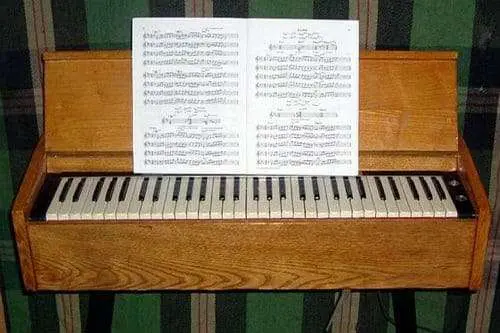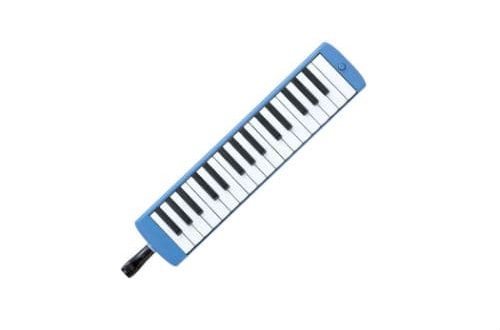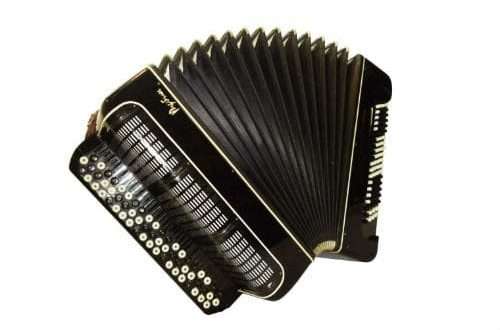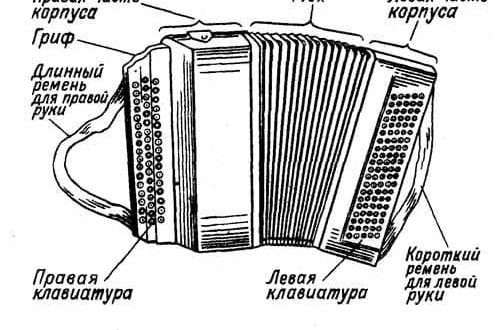
Organola: description of the instrument, composition, sound, use
Organola is a Soviet two-voice musical instrument from the 70s of the last century. Belongs to the family of harmonicas using electricity to supply air to the reeds. Electric current is supplied directly to the pneumatic pump, fan. The volume depends on the air flow rate. The air speed is controlled by a knee lever.
Outwardly, a kind of harmonica looks like a rectangular case measuring 375x805x815 mm, varnished, with piano-type keys. The body rests on cone-shaped legs. The main two differences from the harmonium are a lever instead of pedals, as well as a more ergonomic keyboard. Under the case there is a volume control (lever), a switch. Pressing the key produces two eight-foot voices at once. There are also multitimbre harmonicas.

The register of a musical instrument is 5 octaves. The range starts from a larger octave to the third octave (starting with “do” and ending with “si”, respectively).
It was possible to hear the sound of the organola in schools at music and singing lessons, but sometimes even in ensembles, choirs, as musical accompaniment.
The average price of a tool in Soviet times reached 120 rubles.





